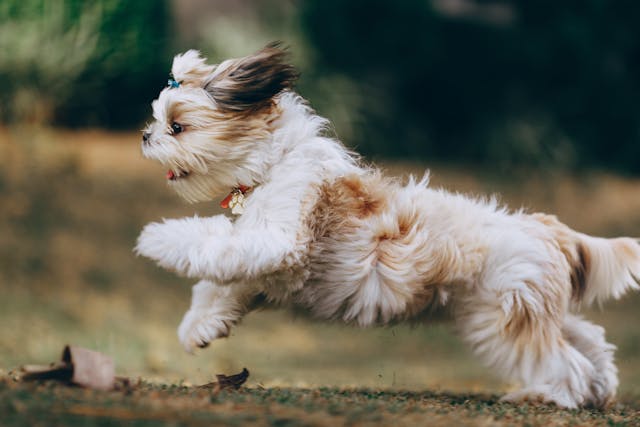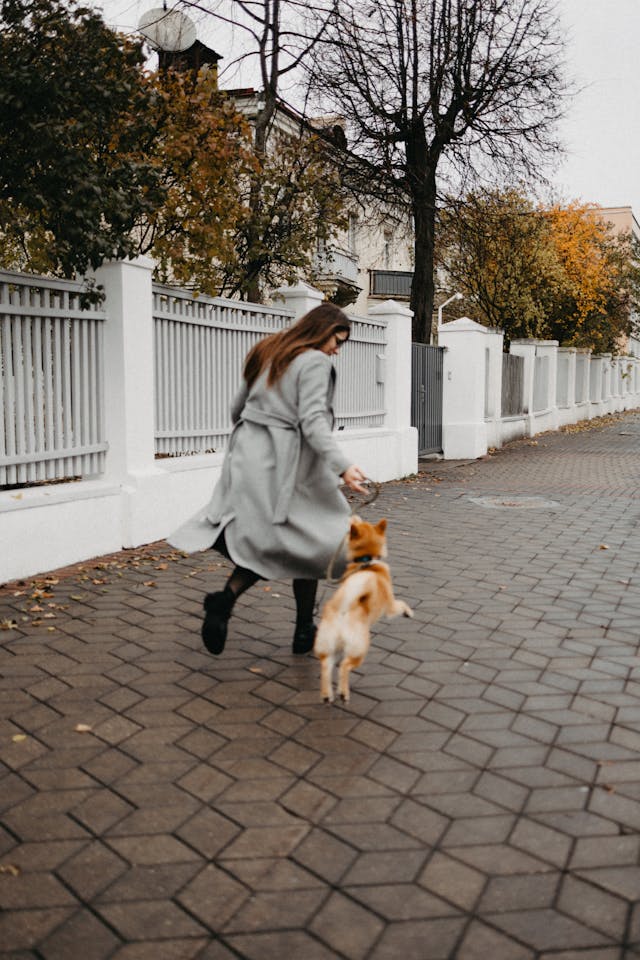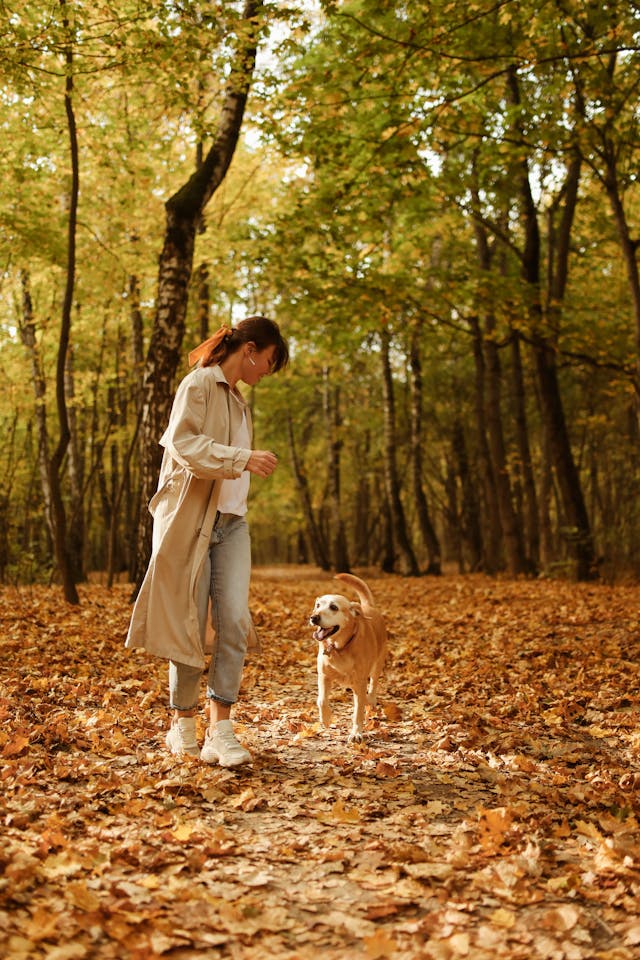
How to Train a Dog Not to Run Away
Every pet parent’s worst nightmare is their fur baby running off and getting lost or worse. Training your dog not to run away is essential for their safety and your peace of mind. Though this is not always easy to achieve, you will be glad you trained your pup to come when called for a multitude of reason, the main one being preventing your pup from running away.
Whether you’re dealing with a curious pup or a seasoned escape artist, understanding why dogs run away, implementing prevention strategies, and employing effective training methods are key steps in keeping your furry friend by your side.
Understanding “Why”: Reasons Why Dogs Run Away
Dogs may run away for various reasons, including boredom, fear, curiosity, or the desire to chase something. If your dog runs away and you are a loving and attentive pet parent who is usually 100% on top of keeping track of your pup, it’s easy to feel as though you’ve done something wrong, or even that your pup doesn’t like being in your home. Fear not; like any other creature, curious sights, smells, and sounds can be distracting to dogs. Your fur baby doesn’t love you any less just because they decided to go on an adventure!
Identifying the underlying cause of your dog’s behavior is crucial for addressing it effectively. Some dogs may bolt out of an open door simply because they’re excited, while others may wander off in search of adventure or due to anxiety.

Basic Techniques to Prevent Running Away
Prevention is the first line of defense against a runaway dog. Basic training techniques can help reinforce your dog’s recall and leash manners, reducing the likelihood of them bolting when given the opportunity.
Recall Training
Teaching your dog a reliable recall command is essential for keeping them safe off-leash. Start in a controlled environment with minimal distractions, gradually increasing the difficulty as your dog becomes more proficient. Use high-value rewards, such as treats or toys, to reinforce desired behavior. If your pup understands that coming to you when you call them results in a yummy treat, you will find that they are much more easily enticed!
Leash Training
Proper leash training teaches your dog to walk calmly by your side and prevents them from pulling or darting away unexpectedly. It is common for pet parents to struggle with leash training, but you and your pup will thank you for putting in the effort to keep your dog safe on their leash. Use positive reinforcement techniques to encourage loose leash walking and address any leash-related issues promptly.
Off-Leash Teaching: Building Trust and Command Compliance
Allowing your dog off-leash requires a solid foundation of trust and obedience. Practice recall and obedience commands in a fenced area or on a long line to ensure your dog’s safety while they learn to respond reliably even without a leash.

Advanced Techniques for Stubborn Runaways
For dogs that are particularly prone to running away or have difficulty with basic training, advanced techniques may be necessary. Off-leash (in applicable areas) isn’t always an option for some pet parents with particularly “adventurous” pets, so be sure to understand your pet’s personality in that regard to make the best judgment call as to whether you should attempt off-leash training.
Long-Line Training
Long-line training involves using a long leash or line to give your dog freedom to roam while still maintaining control. This technique allows you to gradually increase your dog’s distance from you while reinforcing recall and obedience commands.
Boundary Training
Boundary training teaches your dog to recognize and respect boundaries, such as property lines or invisible fences. Using positive reinforcement and consistent training, you can teach your dog to stay within designated areas without the need for physical barriers.
Fences and Containment Solutions
Physical barriers, such as fences or enclosures, can be effective deterrents for dogs prone to running away. Ensure that your fence is secure and free from gaps or weak points that your dog could exploit. Regularly checking your fence for any potential escape points is very important, as weather and other factors can make openings or holes around the area that your pup might just use to go on an “unsupervised adventure.”
Training Aids and Tools
Various training aids and tools, such as remote training collars or GPS trackers, can assist in training your dog not to run away. However, it’s essential to use these tools responsibly and in conjunction with positive reinforcement techniques. Make sure your dog has the basics of recall training down before trying to give them a larger amount of space away from you than usual.

Reinforcement and Consistency
Consistency is key in training your dog not to run away. Establish clear boundaries and expectations, and consistently reinforce desired behavior with praise and rewards. Avoid inadvertently rewarding or reinforcing unwanted behavior, as this can undermine your training efforts.
When to Seek a Trainer or Behaviorist
If you’re struggling to train your dog not to run away despite your best efforts, you’re not alone; many pet owners have dogs who simply require professional help with recall training. Don’t hesitate to seek professional assistance if it seems as though your pup is just not understanding your recall command and reward system. A qualified dog trainer or behaviorist can assess your dog’s behavior, tailor a training plan to address specific issues, and guide you throughout the process.
By understanding the reasons behind your dog’s desire to run away, implementing prevention strategies, and using effective training methods, you can teach your furry friend to stay by your side and enjoy a safer, more fulfilling life together.
